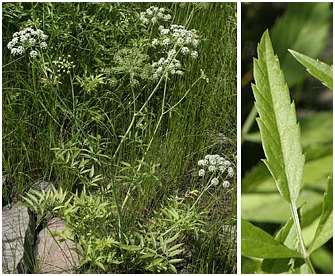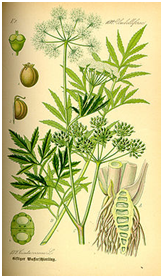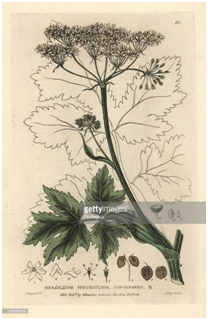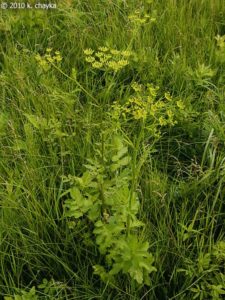There are tons of poisonous plants all over the municipality as they are naturalized to this area and love the wet weather. Follow the guidelines below to ensure safe handling of these plants as they can cause uncomfortable symptoms if they come in contact with skin.
If the plants show up in public recreation areas or trails (where people can accidently run into them while walking or playing), please contact the Selkirk Weed Board at 204-785-3638 or St. Clements Public Works staff at 204-482-3300 so they can be removed.
The Weed Board and PW staff cannot remove these plants from ditches, marshes or other private property that are not meant for public access. In this instance, residents can remove the plants themselves by covering all exposed skin, cutting the plant down, placing it in a plastic bag and disposing of it at the landfill. Poisonous plants should never be burned or composted. Tools and clothing used should be cleaned after coming in contact with any poisonous plants.
The following plants have been seen around the RM:
Western Water Hemlock – Poisonous to humans and animals if ingested, noxious weed, grows in wet areas. Hemlock should be removed from any areas animals may try and eat them (livestock pasture and hay fields).
Cow Parsnip


The sap in stems and leaves can cause severe rash and burns on exposed skin (reacts with sunlight), a native plant, it grows 5-8 ft tall in disturbed and wet areas. Often mistaken for Giant Hogweed, but it’s not as tall.
Wild Parsnip


The sap in stems and leaves can cause severe rash and burns on exposed skin (reacts with sunlight), prefers to grow in disturbed areas such as roadsides, ditches and fallow fields.
We’d like to caution residents when it comes to these plants and provide a general rule of thumb – avoid touching plants if you are not familiar with them!
Here are some tips from Ontario’s Invasive Species website for identifying and removing wild parsnip: http://www.invadingspecies.com/invaders/plants-terrestrial/wild-parsnip/
